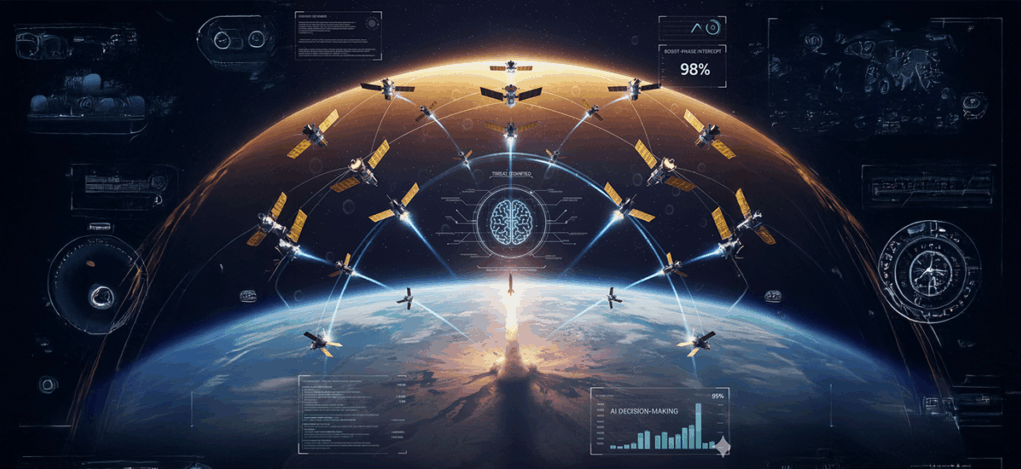AI-Powered Missile Defense: Trump’s Golden Dome Strategy Revealed
Imagine a defensive shield so intelligent it can detect, analyze, and neutralize missile threats faster than human reflexes—this is the promise of the Golden Dome project. But can artificial intelligence truly be trusted with such a monumental responsibility?
The AI Challenge: Speed Meets Precision
The core challenge is breathtakingly complex: AI must identify missile launches within minutes, distinguish between different missile types, and prepare interception strategies—all while operating in an unpredictable, high-stakes environment.
Key technical hurdles include:
- Rapid threat identification
- Accurate missile classification
- Real-time data processing
- Seamless system integration
Unlike controlled “closed” environments, missile defense represents an “open” domain where information is inherently incomplete and margin for error approaches zero. This makes AI implementation simultaneously fascinating and terrifying.
The Technology Behind the Shield
The proposed system will likely leverage multiple technological components:
- Space Force’s Overhead Persistent Infrared program
- Low-Earth orbit Tracking Layer satellites
- Advanced infrared sensor networks
- Machine learning threat assessment modules
Sensor fusion research offers promising preliminary results, demonstrating how machine learning can transform raw data into actionable intelligence. However, significant challenges remain in developing truly reliable AI models for such critical applications.
Experts like Ryan Tseng caution that AI’s limitations become exponentially more dangerous in high-stakes scenarios like missile interception.
The most probable implementation will see AI functioning as a sophisticated support system rather than a fully autonomous decision-maker. It will augment human capabilities, providing rapid threat assessment while maintaining critical human oversight.
Strategic implications extend far beyond technical specifications. The Golden Dome represents a potential paradigm shift in global defense strategy—a technological chess match where artificial intelligence could become the ultimate grandmaster.
As the Center for Arms Control and Non-Proliferation notes, substantial infrastructure investments will be required to transform this vision into reality.
The future of missile defense isn’t just about technology—it’s about creating intelligent, adaptive systems that can outthink potential threats in milliseconds. Golden Dome might just be the first glimpse of that future.





